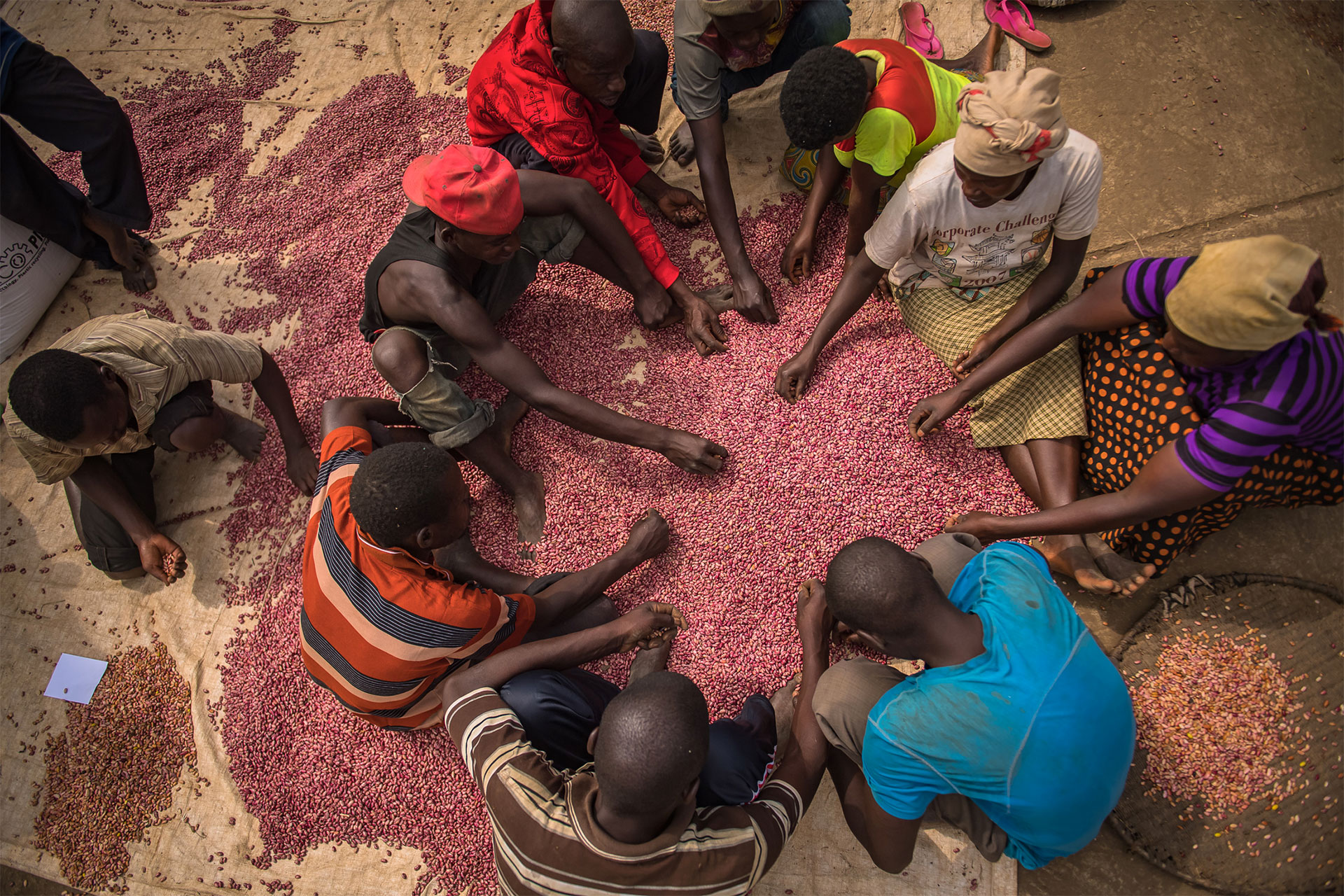By Gloria Acayo
Did you know that Uganda has a nutrition guideline that was developed in July 2015 through a participatory process that involved multiple stakeholders, including relevant government sectors, local governments, development partners, and civil society? This guide has five main sections: Section 1 provides background on the guidelines and discusses Uganda’s nutrition situation; Section 2 explains the guidelines’ purpose, scope, and audience as well as how the guidelines should be used; Section 3 describes Uganda’s planning and coordination framework and processes; and Sections 4 and 5 provide guidance on planning for nutrition at the sector and local government levels, respectively. The guide also includes annexes with a list of potential interventions that can be planned at different levels.
These guidelines have been prepared to facilitate integration of nutrition as a cross-cutting issue in sector and local government plans. They respond to the need for comprehensive multi-sectoral guidance for those involved in planning for nutrition activities at different levels. The guidelines complement the Local Government Development Planning Guidelines (LGDPG) (2014) and the Sector Development Planning Guidelines (SDPG) (2015) developed by the National Planning Authority (NPA). They are further aligned with existing Uganda national development policy and planning frameworks as well as international obligations relevant to food and nutrition security including:
- The 1995 Constitution of the Republic of Uganda
- The National Planning Authority Act (2002)
- Uganda Vision 2040
- Comprehensive National Development Planning Framework (2007)
- National Development Plan I (NDP) (2010/11–2015/16)
- Draft National Development Plan II (NDP II) (2015/16–2019/20)
- Uganda Nutrition Action Plan (UNAP) (2011–2016)
- Food and Nutrition Policy (2003)
- Sector Development Strategies and Investment Plans
- Sector Development Planning Guidelines (2015)
- Local Governments Act (1997)
- Local Government Development Planning Guidelines (2014).
The international and regional agreements and frameworks relevant to food and nutrition to which Uganda is a signatory such as;
- International Conferences on Nutrition (1992 and 2014), World Food Summit (1996) •Declaration on the Millennium Development Goals (2000) and the follow-up summit (2010) Scaling Up Nutrition Initiative (2010)
- International Covenant on Economic, Social, and Cultural Rights (ICESCR)
- Convention on Elimination of All Forms of Discrimination against Women
- International Health Partnerships and related initiatives (IHP+)
- The African Regional Nutrition Strategy of the African Union
- The Comprehensive Africa Agriculture Development Programme (CAADP)
- Sustainable Development Goals (2014)
These policies and frameworks encompass a wide range of provisions covering national commitments to improving nutrition, decentralized planning, the role of sectors and local governments in development planning, and the importance of nutrition to development.
